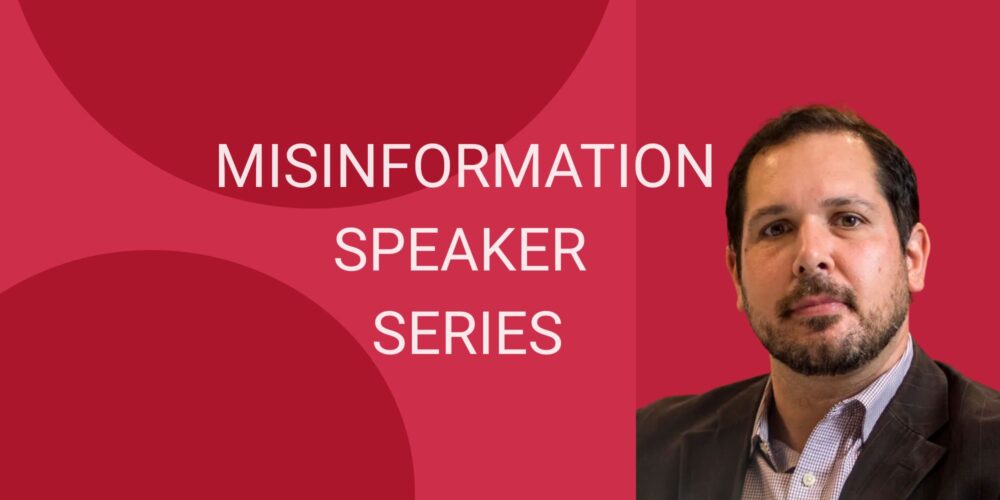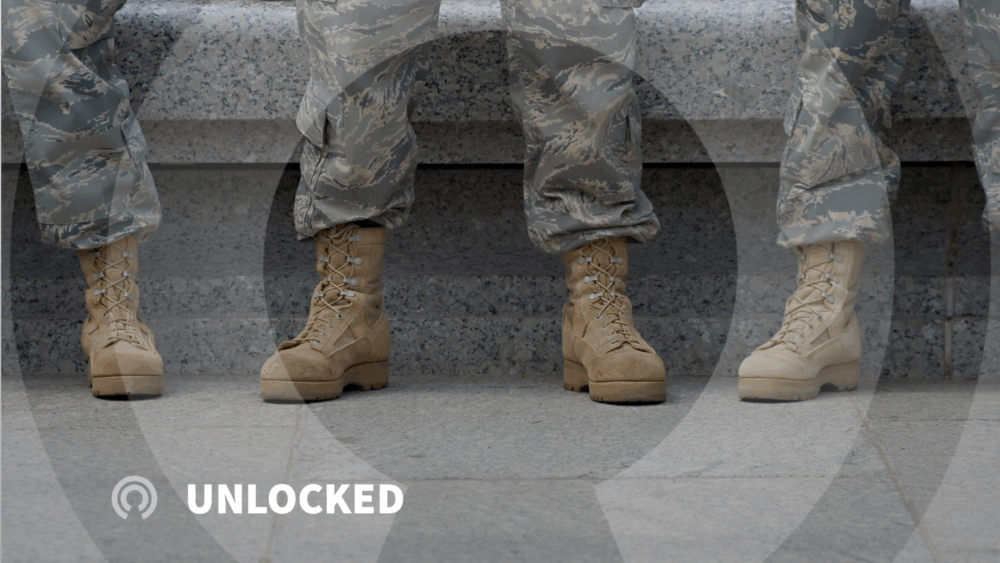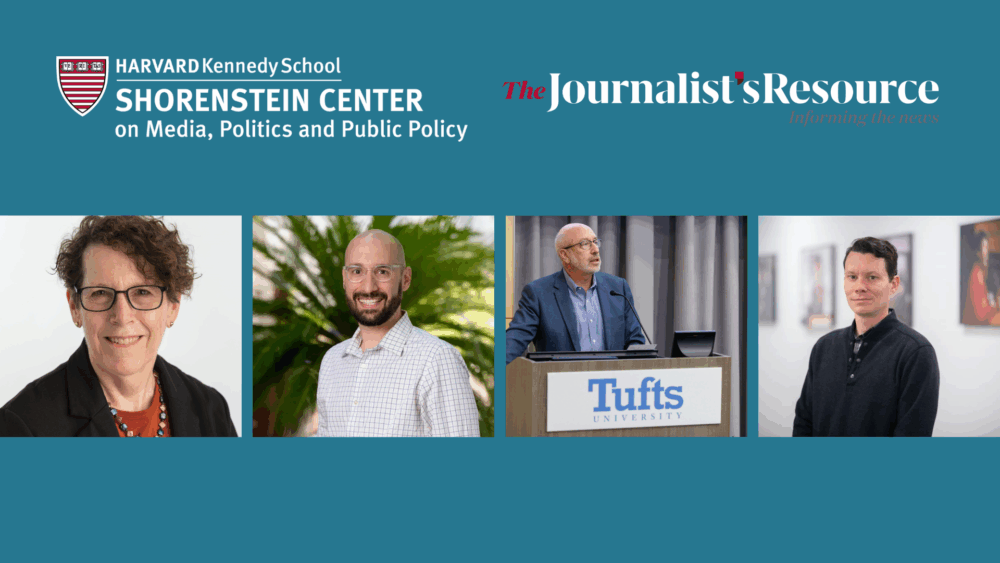
Videos
Regulating Social Media: America’s Global Communications Dilemma
Commentary

Alone among industries, the free press is protected in the Bill of Rights because accountability is foundational to democracy.
But the journalist’s mission to explore, explain, and expose how the government is working, for better or worse, guarantees a complex dynamic with career civil servants as well as elected officials. Government experts bring deep knowledge of intricate systems; reporters may get 800 words to capture the work of years. Journalists can be allies in transmitting critical information to the public, whether about public health, national security threats, economic opportunities or consumer protections. But civil servants, who often spend entire careers working diligently with little fanfare, may see them as adversaries with agendas more focused on exposing failure than informing the public. Civil servants who share the rising public concern about quality, bias, and business pressures facing newsrooms may calculate that engaging directly with reporters is not worth the risk.
But particularly in a period of rapid and dramatic change, the public can only grasp the stakes if the lines of communication are open between those who work in government and the people they serve. Both reporters and their sources are in the process of weighing their obligations, and their opportunities, for keeping the public informed.
Information can be valuable to journalists even if the source is not named or quoted. News reporters, naturally, are looking for what is new, for “scoops”, examples, exclusives, insights that reveal the “inside story” behind the headlines. Data and evidence that illustrate broad trends or illuminate particular challenges help journalists capture the reality that civil servants face in their daily work. Even background information or anonymous contributions can have a significant impact and advance accurate coverage.
Journalists constantly assess the reliability of their sources; the reverse is also true. An ever more fragmented information environment makes it harder for sources to know whom to trust or understand the range of platforms and formats for sharing information. Some turn to platforms like AllSides, which provide media bias ratings and comparative perspectives. The News Literacy Project offers resources for vetting a news source or individual pieces of information.
Newsrooms operate under a set of ethical guidelines and editorial standards, which are usually published on their websites, and are fairly uniform across the industry. The Institute for Nonprofit News provides a list of its member nonprofit news organizations who operate by these standards.
Responsible reporters go to great lengths to protect confidential sources. Many news organizations have gone to court, and reporters have gone to jail, rather than reveal the source of information shared under conditions of confidentiality.
The challenges to press freedom, however, have grown under both Democratic and Republican administrations. Lawsuits against news organizations, whether from private individuals or public leaders, can have a chilling effect on coverage. The Biden Administration used the Computer Fraud and Abuse Act (CFAA) to prosecute Florida digital journalist Tim Burke for publishing outtakes of a Tucker Carlson interview with Kanye (Ye) West. Use of the Espionage Act to prosecute Wikileaks leader Julian Assange raised concerns in newsrooms about how that law could be deployed against journalists in the future. A recent report by the Committee to Protect Journalists warned of growing threats of violence and legal action targeting newsrooms, along with increased online harassment; language in other federal law may be tested as a means of deterring investigative reporting, and reducing protection for reporters and sources. Assaults against journalists rose 50% between 2023 and 2024, according to the U.S. Press Freedom Tracker.
In such a climate of rising hostility, reporters have a duty to be especially vigilant about their safety protocols and obligations. Journalistic standards and ethics are consistent in their protection of sources. It is even more important that reporters and sources establish the ground rules for any encounter in advance of any information being shared. Both parties must be explicit in their understanding of their level of engagement and how information will be used or attributed. At the start of any interaction with a journalist, a source can set the ground rules, and make sure the journalist agrees before proceeding. Setting ground rules after a discussion is typically up to the discretion of a reporter. How will they communicate? On what condition will they speak? How will any documents shared be used and can they be reproduced in full? If a matter is highly sensitive, what steps is the reporter and news organization prepared to take to protect anonymity of the source?
Most news organizations have guidelines for how sources share information with journalists, and work to be consistent in their methods to ensure maximum security.
Journalists and sources often rely on encrypted messaging apps with disappearing messages to communicate securely, avoiding email and phone carriers to minimize digital traces that can be obtained through subpoena through third parties. Conversations are usually kept one-on-one rather than in group chats to reduce exposure. When sharing documents, sources often remove metadata beforehand or opt for text-based communication to limit traceability. Smaller files are commonly sent via encrypted messaging apps, while larger files are shared through secure platforms designed for confidential transfers. Sensitive materials are rarely stored on shared drives, and cloud backups are usually disabled to prevent unintended copies. Journalists also take extra steps to ensure thorough deletion of temporary files, reducing the risk of unauthorized access.
In recent months, more newsrooms are publicly listing secure contact information and increasing transparency about how they report their stories and engage with sources.
Civil servants who choose to share information and decide that they may want to have what they shared attributed to them at some point should be aware of their rights under whistleblower laws. The Whistleblower Protection Act provides legal protections to government employees who report misconduct, but these protections can be complex and vary by situation. Sources may visit the National Whistleblowers Center website, or consult with a legal expert or advocacy organization before taking action.
While overall trust in the press has been declining for decades, this trend breaks down at the individual level: most people trust the news sources they use, but are concerned about bias where other people are getting their information. And by broad majorities—close to three quarters of Americans– view the free press as extremely important to society. A strong system of accountability depends on reporters providing rigorous, balanced coverage of the workings of government that reflects the experience of those who understand it best. The relationship was never designed to be easy; but it has never been more essential.

Videos

Explainers, Podcasts, Videos

Videos